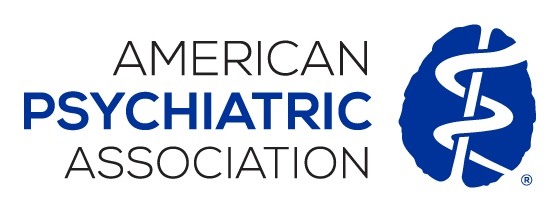
Canada drugmaker PharmaTher received a complete response letter from the Food and Drug Administration (FDA) for its abbreviated new drug application (ANDA) for racemic ketamine, the company announced yesterday.
The company is pursuing approval of its generic ketamine product—Ketarx—to shore up global demand and as part of its research program testing ketamine for mental health and other indications. According to an FDA database, ketamine hydrochloride 50 mg and 100 mg injections have been in short supply in the United States since February 2018, owed to increased demand for psychiatric and acute pain indications.
“As noted by the FDA in the [complete response letter], the resubmission … will be considered to represent a minor amendment, given that the deficiencies have been classified as minor,” PharmaTher wrote. “The FDA requested new and updated information and clarifications related to drug substance, drug product, manufacturing, and microbiology.”
The company noted that the FDA did not express concern about the stability of the ketamine submission batches and no new preclinical and clinical studies were requested; they stated they will work with their third-party manufacturing partner to resolve these deficiencies and respond to the FDA in a timely fashion.
In May 2023, PharmaTher sought fast-track designation from the FDA for Ketarx to treat levodopa-induced dyskinesia in Parkinson’s disease. The company’s clinical trial results showed that ketamine was safe and well-tolerated, and that 100% of subjects treated with ketamine had a reduction in dyskinesias.
ANDAs allow drugmakers to apply to market generic drugs that are comparable to brand-name drugs in terms of safety, effectiveness, and cost. Drugmakers must demonstrate that their generic is bioequivalent to the brand-name drug, meaning it has the same properties and acts in the same way. A complete response letter is not a rejection of an application, but rather a way for the agency to provide drugmakers with guidance on how an application might be improved.
Ketamine was FDA approved in 1970 as a general anesthetic and is still widely used for this indication.
Though used off-label for conditions like depression, the FDA has not approved ketamine for the treatment of any psychiatric disorder. In October 2023, the FDA published an alert warning of the potential risks associated with unapproved compounded ketamine products for psychiatric disorders, specifically from telehealth providers that provide in-home ketamine services.
For related information, see the Psychiatric News feature “Ketamine: Miracle Drug or Double-Edged Sword?”
(Image: Getty Images/iStock/Jeniffer Fontan)
Don't miss out! To learn about newly posted articles in Psychiatric News, please sign up here.






